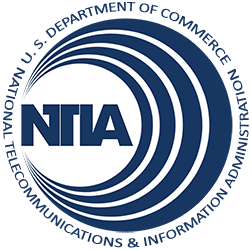Sho-Me Technologies, LLC
MoBroadband “Sho-Me MO” Middle Mile Project
Today, many community-serving institutions in south-central Missouri rely on copper-based Internet access, but need significantly higher speeds to enable distance learning, tele-health, and enhanced public safety applications. Sho-Me Technologies proposes to deploy a fiber-based middle-mile network in the 30-county region to expand broadband capabilities and foster SmartGrid applications in partnership with electric co-ops for more efficient and secure energy use in the region.
Total Award:
$26600000
